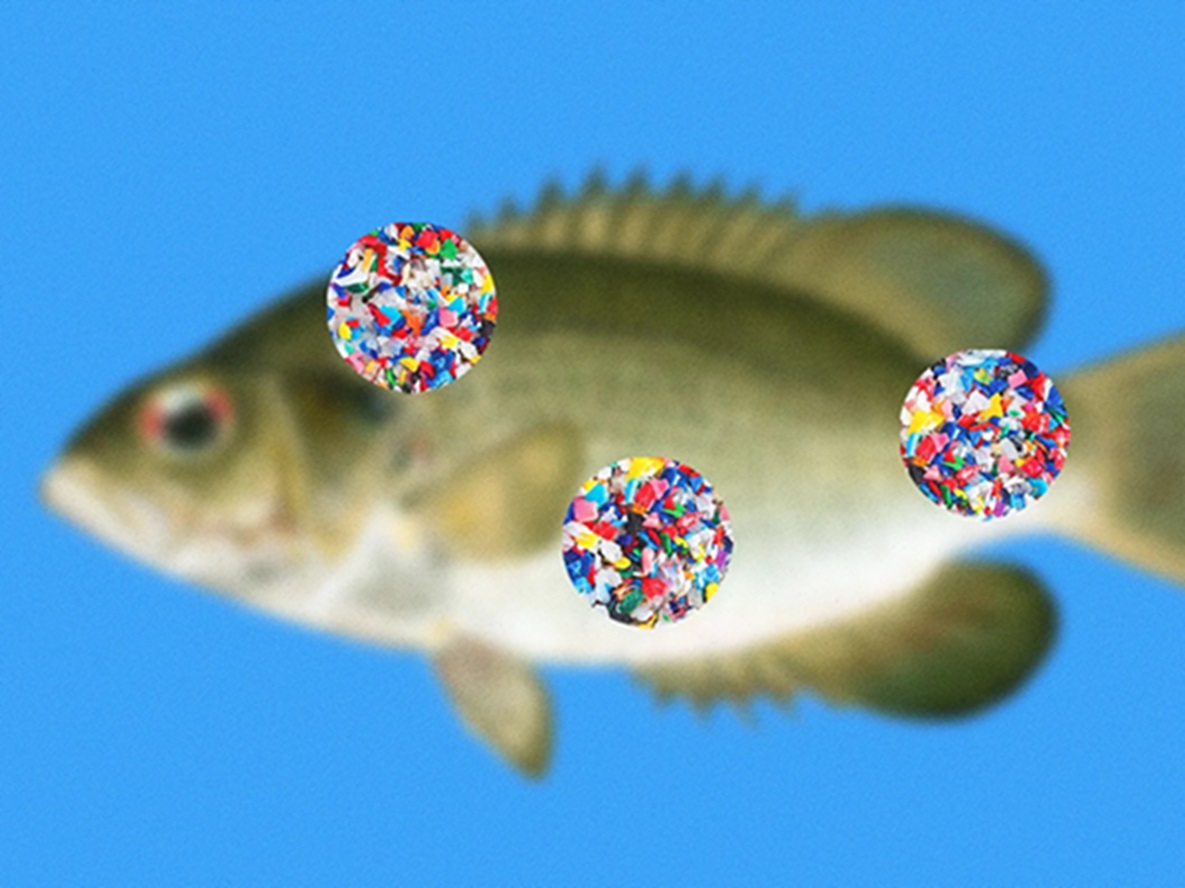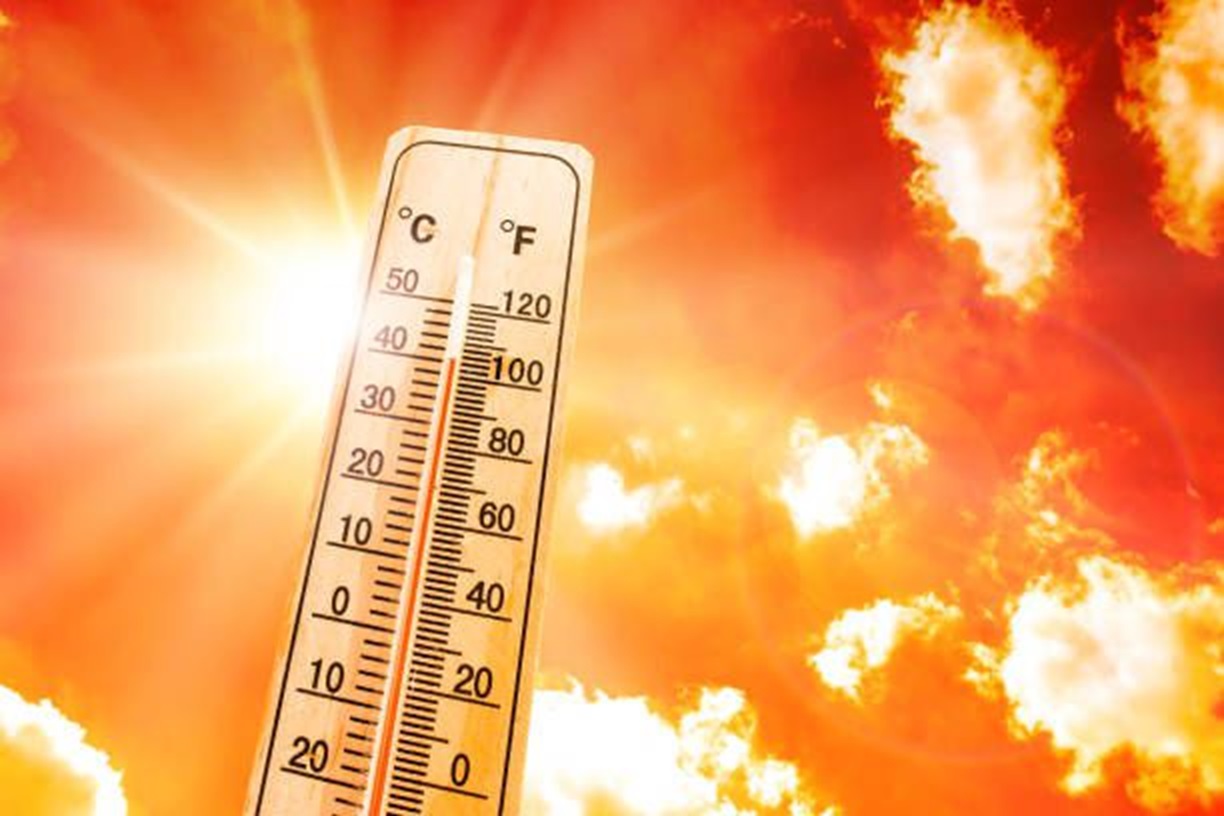Studies on microplastics show that the exposure to microplastics could trigger oxidative stress, metabolic disorder, immune response, neurotoxicity and even reproduction.
Earth Day came on the 23rd of this month. The theme was ‘Planet vs Plastics’. Simultaneously, over 400 luminaries from various governments, industries and NGOs are raking their brains from 21st April to 29th April under the aegis of ‘UN Treaty of Global Plastic Pollution’. If successful, we can hope that certain types of plastics will be phased out in a new treaty likely to be agreed upon and signed by the end of the year.
Plastics last over 450 years before they decompose. So do certain chemicals called the ‘Forever Chemicals‘ which are themselves not plastics. These chemicals are under the broad heads of PFA – Poly Flouro Alkyls and Per Flouro Alkyls. They are even more dangerous and longer lasting than Plastics. Industry heads feel that they cannot make water-resistant fabrics, nonstick metals, grease-resistant paper and many cleansing agents without them. Forever chemicals are linked to cancers, high cholesterol levels, diseases of the thyroid, and liver, asthma, allergies, reduced fertility, low birth weight, birth defects, reduced immunity and poor response to vaccines.
While today, the focus is on the health effects of microplastics, I am tempted to write briefly on another chemical – DDT or Dichloro Diphenyl Trichloroethane. It was considered to be a boon to humanity. Discovered in 1874, its property of killing insects (insecticide) was discovered in 1939. It was used as a powder to kill lice to prevent typhus amongst prisoners of World War II. Also, it was put in large-scale anti-malaria campaigns to kill mosquitoes. Mosquitoes and many other disease-causing insects sitting on walls/ floors etc, where DDT had been sprayed, died due to its ‘contact poison’ effects. There was a decrease in such diseases. Agriculturists joined the bandwagon and used it to kill pests. It resulted in an increase in the output of crops.
For almost 2 decades, the people on the planet were delighted with DDT. Slowly but surely, its toxic effects started coming to light. The world was shocked to learn that DDT entered our bodies through the food chain. So much so that it was even secreted in the mother’s milk. It also caused skin and respiratory diseases in the users and those exposed to its dust/ fumes.

Like the treaty on plastics today, there was one in 1972 for DDT. It was first banned in agricultural crops. Later, it was to be phased out in public health use too. In 2004 it was agreed by governments of all countries that, DDT production and its use will be stopped in 20 years, i.e. 2024. Has it been done? Surprisingly, India is the only country where manufacturing was taking place till last year. It was in a PSU called Hindustan Insecticides Limited. We have an export obligation to supply DDT to 6 poor African countries which cannot afford more expensive chemicals. We held a stock of 378 Metric Tonnes in recent past, even though DDT is, to the best of my knowledge, not being used in our country. No further details are available.
With the above background, back to plastics. This is my 6th article on plastics in 4 years. In my February 2023 blog post, I wrote about the 6 types of plastics (some claim 7 by dividing one group into 2) and how only 2 groups i.e. PET and HDPE can be recycled. The world continues to produce over 400 metric tonnes (MT) of Plastics a year. Of the waste plastics, only 9% is recycled and 12% is burnt.
Plastic Waste Accumulation
150-200 MT is already lying in oceans, rivers and lakes. It is in garbage islands and has smaller particles in the ocean floor, including the deepest marine trench. It is inside all marine animals including the fish we eat. Even it may get trapped on mountains, snow and glaciers. In the air medium, it remains as microplastic and nanoplastic. Even trees, plants and vegetables, traces are present. Presence also confirmed in humans and animals. Newer spectroscopy techniques have found microplastics in the human liver, kidneys, lungs, brain, placenta and mother’s milk. In plastic bottles is one of the single largest carrier. Last, but the most is in Garbage Dumps. Including the discarded synthetic clothes, plastic covers and blankets, which will continue to spread microplastics in air, soil and water for 400 years.
Microplastics are very tiny, yet they are not the lone cause of danger. They can carry a varied lot of extremely tiny particles such as Forever chemicals, allergy causing pollen, disease causing microbes and many unknown pollutants.
Microplastics Entering Human Body
There is evidence to prove that microplastics enter human body through:
- Ingestion (solid and liquid foods, snacks and drinks) or through air we breathe via nose and mouth. Now that plastics have been detected in the brain, scientists believe that nanoplastics may enter the nose and go along the fibres of the olfactory nerve (responsible for smell) directly to the brain.
- Air we breathe.
- Skin contact. By rubbing cosmetics having plastic beads on face or other body parts. By brushing with tooth pastes having plastic beads for whitening. Handling of plastic body cellphones and wearing plastic jewellery, especially plastic threaded bracelets.
- As, microplastics are present in wet wipes used on face and babies bottom, these tiny particles may enter our body from many other routes too.
Diseases Caused by Microplastics
Diseases caused by microplastics is one area which is under intense research. Experimental data on animals is available, human research is ongoing. Direct cause and effect relationship may take time. However, exposure to microplastics induces a variety of toxic effects which include oxidative stress, metabolic disorders, immune suppression, neurotoxicity and reproductive and embryo/ children growth issues.
In a more recent research study published in the acclaimed journal Nature, in some people whose blood vessels were blocked with clots also had microplastics embedded inside the clots. Such people, post clot removal surgery had a higher risk of heart attack, stroke or even death.
Certain organs and body systems have been found to be affected more by microplastics. These are
- Lungs, liver and kidneys which try to filter out the microplastics.
- Lymphatic system which tries to play the role of scavenger.
- Gut microbial dysbiosis – whether this may be caused by the microbes embedded on microplastics or by microplastics themselves.
- Brain. Studies on Alzheimer’s have implicated microplastics.
- Hormonal imbalances.
- Developmental issues highlighted above.
- Microplastics and the Forever Chemicals may also cause cell mutations to occur leading to cancers of various organs.

Conclusion
More studies in coming years may reveal/ establish more negative effects of microplastics on humans. But all living beings which include the plant kingdom are affected. Planet is over-burdened by plastics, garbage, forever chemicals and other pollutants. There are 6 billion tonnes of plastics on our planet today. Plastics have resulted in global warming, climate change, more natural disasters and more diseases.
Time has already run out for the entire planet, not just for humans. Unless we press the pause button, we are doomed. 90% of the plastics are made from petroleum, and the countries which produce petroleum (Saudi Arabia, Russia, Iran and many more) will resist any meaningful treaty to reduce manufacturing of plastics.
The more energy we create from nature – sun, wind, tides and biological chips, the lesser will be the requirement of petroleum products. Meanwhile, a timeline has to be framed on reducing the production of non-recyclable plastics by the end of the year.
Title image courtesy:https://www.bonappetit.com/
Article Courtesy:https://genkris.wordpress.com/
Disclaimer: The views and opinions expressed by the author do not necessarily reflect the views of the Government of India and Defence Research and Studies










